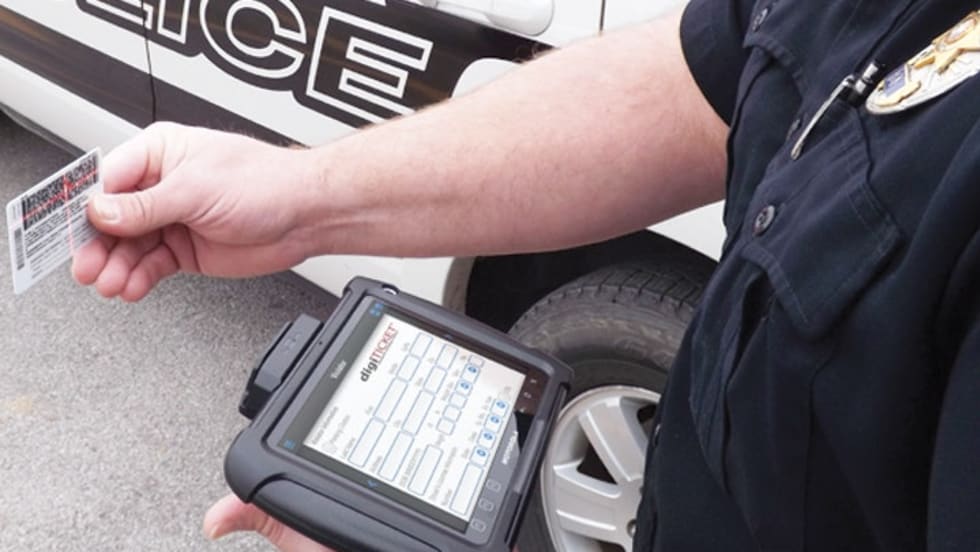
Few advancements in law enforcement technology have had more impact nationwide than electronic citation. The technology has been on line a little more than a decade, and e-citation systems are now in use by federal, state, county, and municipal agencies. And they all sing its praises.
Read More →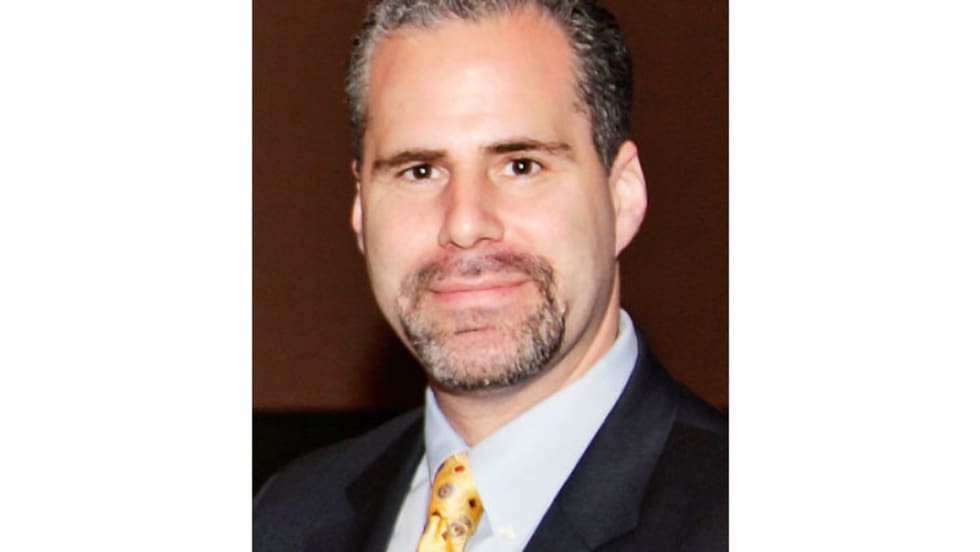
Our injured federal officers are humble, honorable Americans who sacrificed to serve our great nation. Yet certain members of the Senate opt to ignore the sacrifice of these men and women, and now attack their means to survive.
Read More →
The previous model had a maximum output of 120 lumens, the new one produces 500 lumens. That means the new Ultra Scout cannot only clear a room, but also light up a target at 100 yards.
Read More →
One of the most innovative features of the EB15s is what Etymotic calls "adaptive attenuation." This feature lets the electronic earplugs gradually and automatically adjust to continuous loud noises such as crowd noise, sirens, and continuous gunfire.
Read More →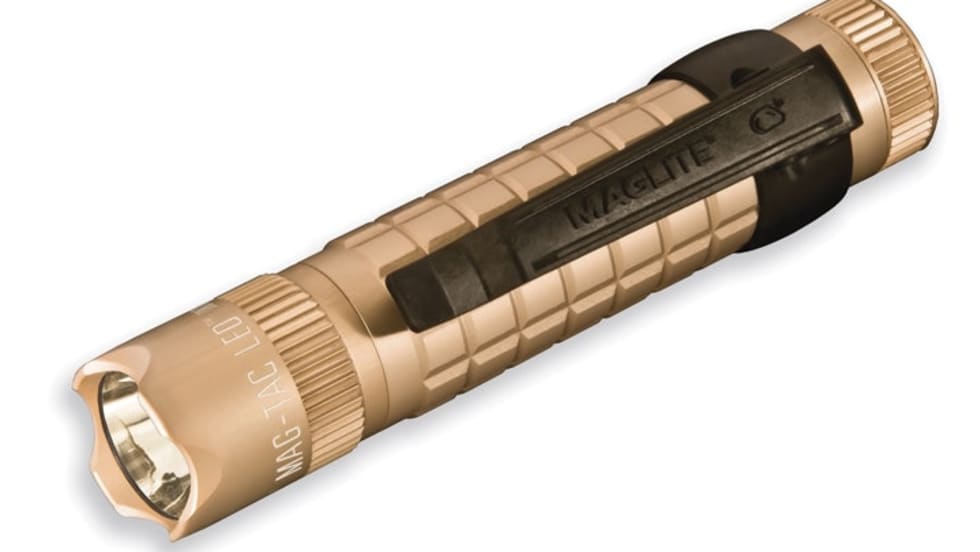
Introduced earlier this year, the Mag-Tac line consists of two lights: a patrol model and a tactical model. Both lights are mid-sized, five inches long and one inch in diameter, feature Cree LEDs, and are constructed of aircraft aluminum.
Read More →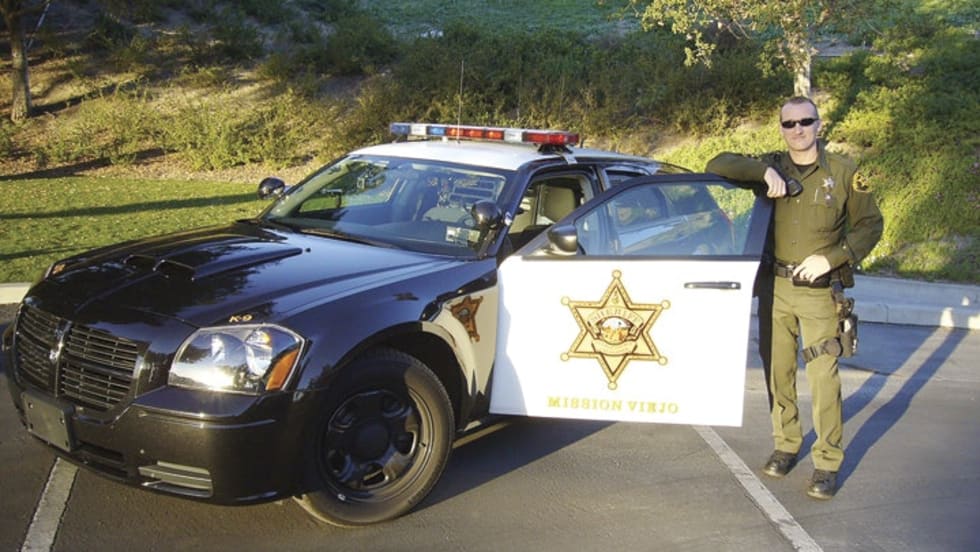
For our 100th "Shots Fired" article, I'm going to step outside the normal formula of our concept and talk about some things I've learned and some heroic officers I've had the honor of interviewing.
Read More →
The Americans with Disabilities Act (ADA) makes it very clear that hearing impaired people are entitled to the same level of service from law enforcement officers as anyone else. So it's your job to accommodate people with hearing loss.
Read More →
The more you study law enforcement training, the more you are likely to see the term "OODA loop." This term was coined by U.S. Air Force Col. John Boyd to explain the dynamics of fighter combat and why some pilots succeed when others fail.
Read More →
Perhaps the most significant factor in an officer's ability to recover from a shooting incident is the level of support offered to him by his department. Departments that provide post-shooting support and advocate for their officers in the media and with health care providers are more likely to benefit from their actions in the long run.
Read More →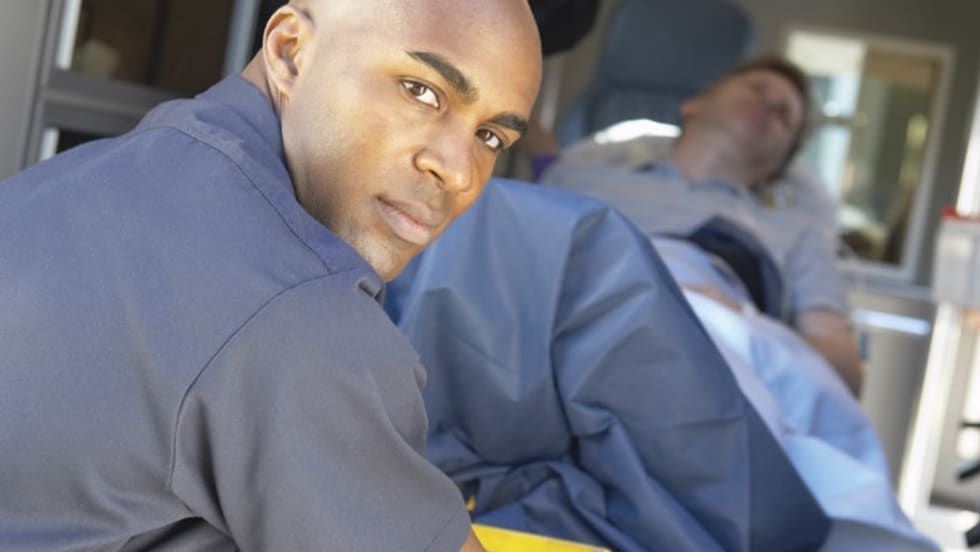
The chances of an in-custody death subsequent to police use of less-lethal weapons sparking a media firestorm in your city are ever growing. So it is imperative that your agency be prepared to respond to the public and media when an arrest-related death occurs.
Read More →